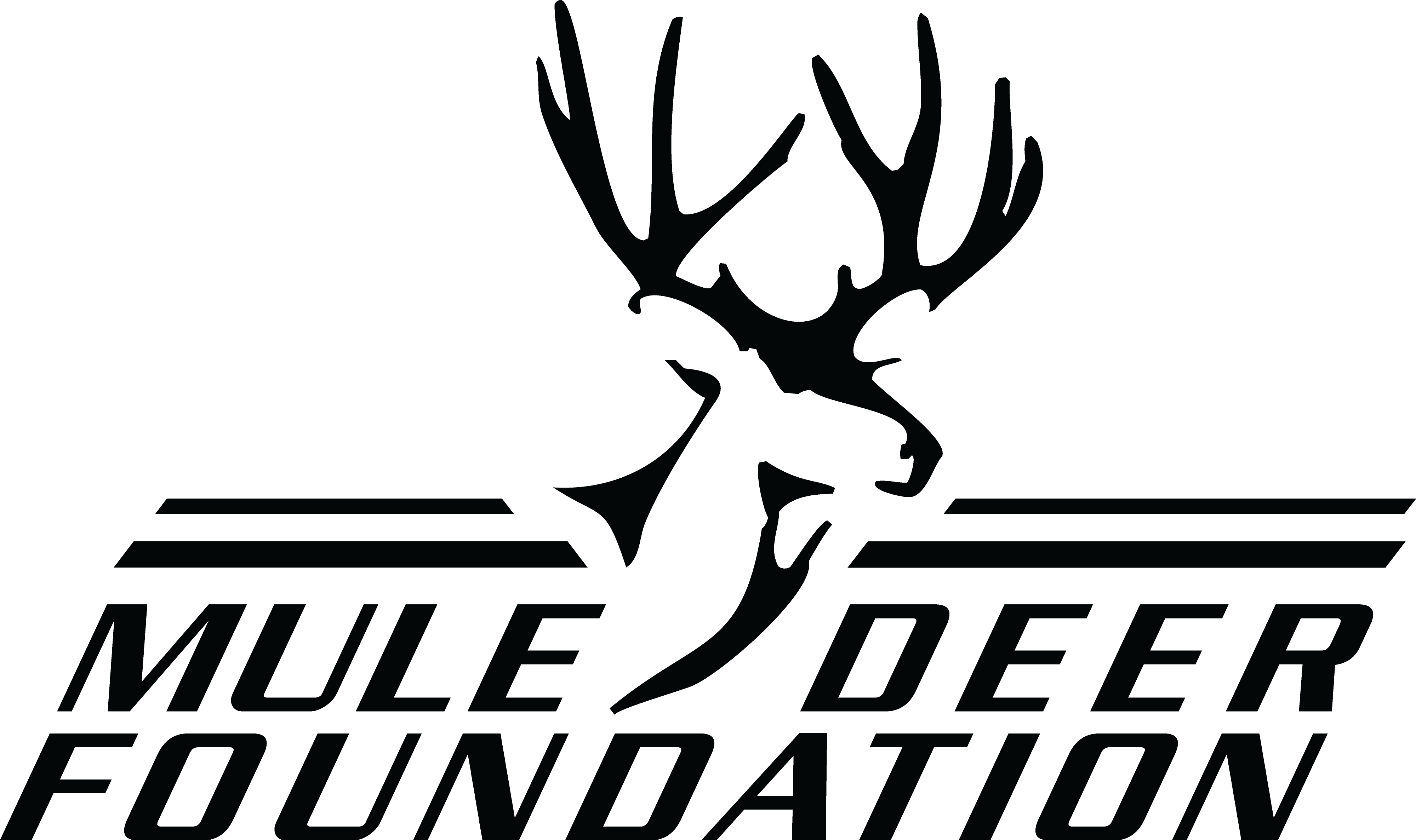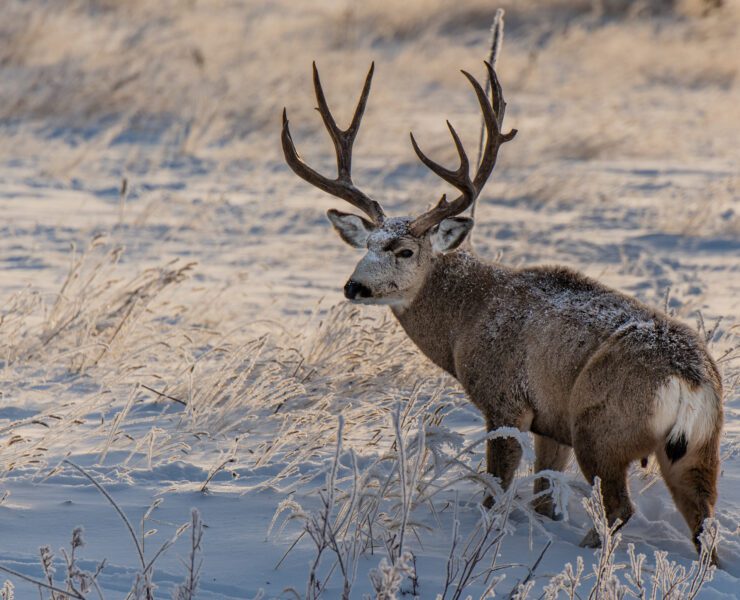Colorado
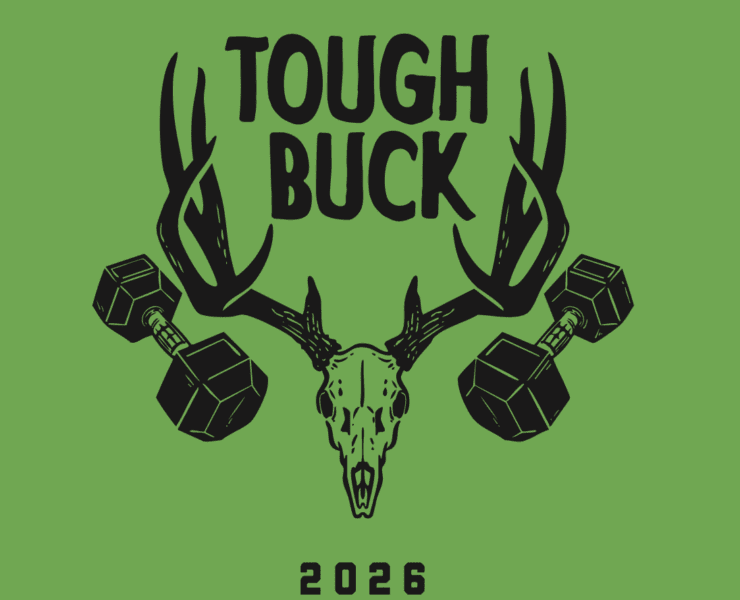
The Tough Buck is back — and it’s tougher than ever.
Held February 14, 2026, during the Western Hunt Expo in Salt Lake City, Utah, this one-of-a-kind event blends elite fitness with the grit and determination it takes to be a backcountry hunter. Created in partnership between MTNTOUGHand the Mule Deer Foundation, the Tough Buck is designed to test endurance, strength, and mental toughness — the same traits that define a true mule deer hunter.
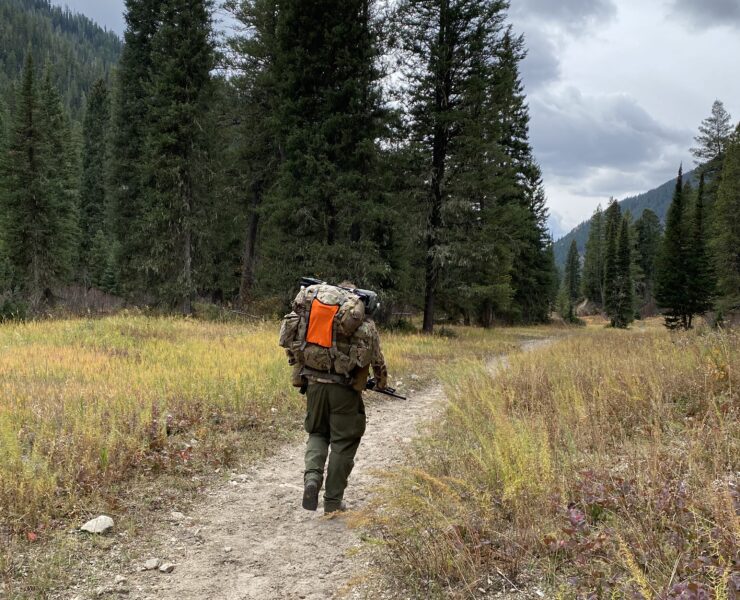
Hunting mule deer alone in the backcountry is one of the purest forms of wilderness experience. The silence of high alpine ridges, the thrill of spotting a buck in a hidden basin, and the challenge of navigating rugged terrain—all of it is magnified when you’re on your own. But solo hunting also demands a level of preparation and caution that can’t be overstated. Here are key lessons for staying safe, efficient, and ready for anything the mountain throws at you.
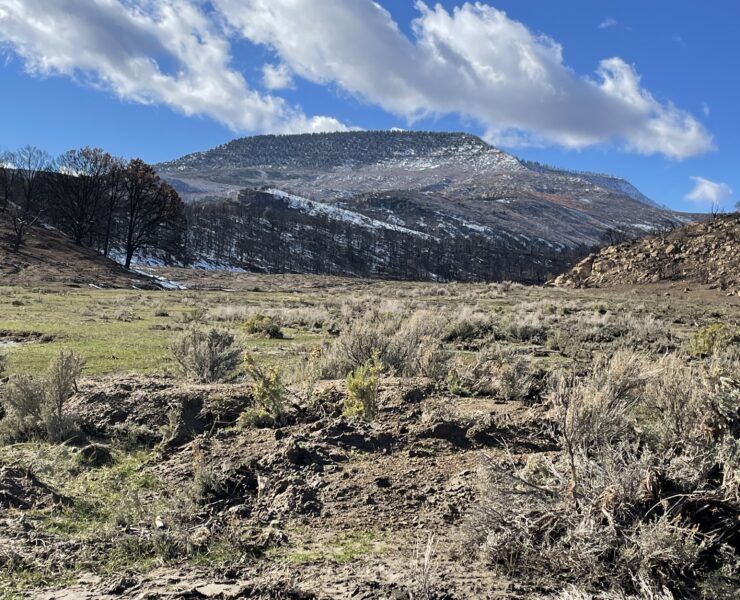
Few things in the West are as impressive as mule deer on the move. Each year, herds travel miles between summer and winter ranges, navigating rugged mountains, valleys, and human development along the way. These seasonal highways, known as migration corridors are critical to mule deer survival, and for hunters, they also present unique opportunities.
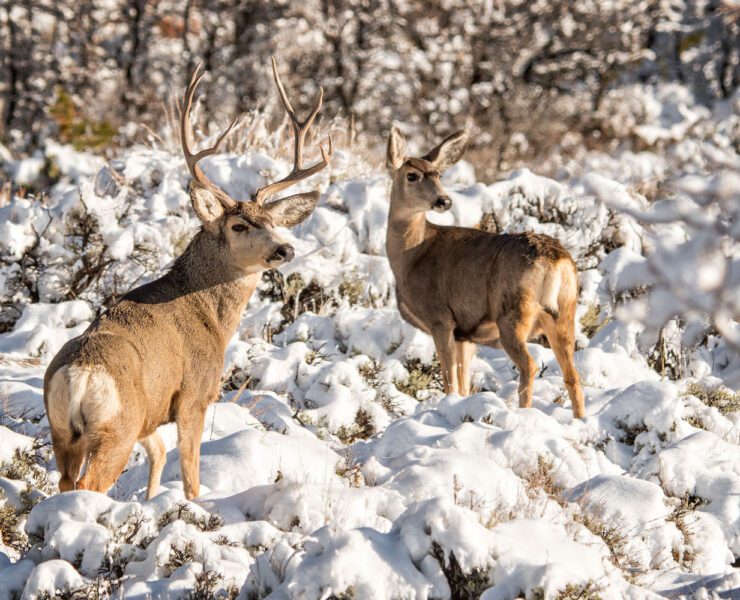
Ask any mule deer hunter and they’ll tell you: elevation matters. Between 5,000 and 10,000 feet, mule deer country shifts dramatically from sagebrush basins to aspen slopes to high-country meadows. Each band of elevation offers unique challenges and opportunities, and hunters who understand how deer use these habitats will have the best chance at success.
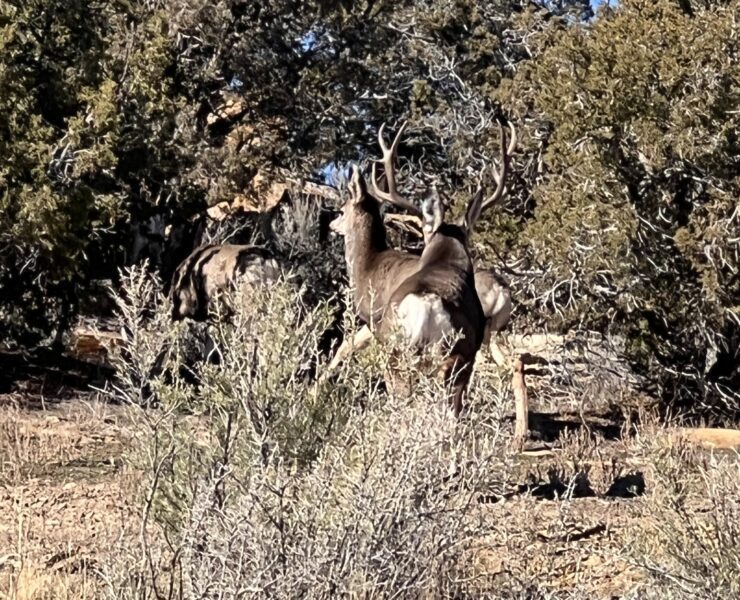
If you’ve never seen a line of mule deer moving across the skyline at dawn, nose to tail, mile after mile, you’re missing one of the last great natural wonders in North America. These migrations aren’t just impressive; they’re ancient. Some herds travel over 150 miles between their summer and winter ranges, crossing rugged mountains, ranch fences, and six-lane highways like they’ve been doing it for a thousand years, because they have.
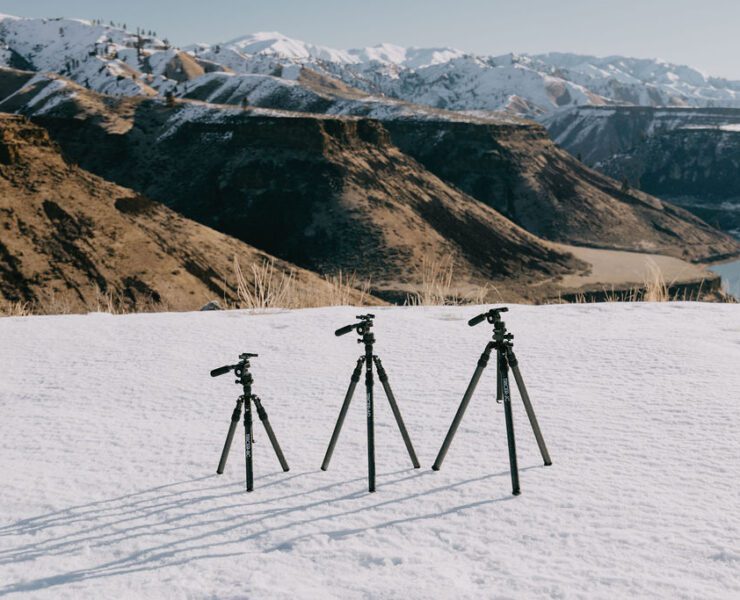
Success in the high country doesn’t happen by luck. Rifle season comes fast, and by the time the opener rolls around, hunters who have done the homework, the scouting, the glassing, and patterning mule deer bucks, are the ones most likely to punch their tag. The key is simple: treat pre-season scouting as seriously as the hunt itself.
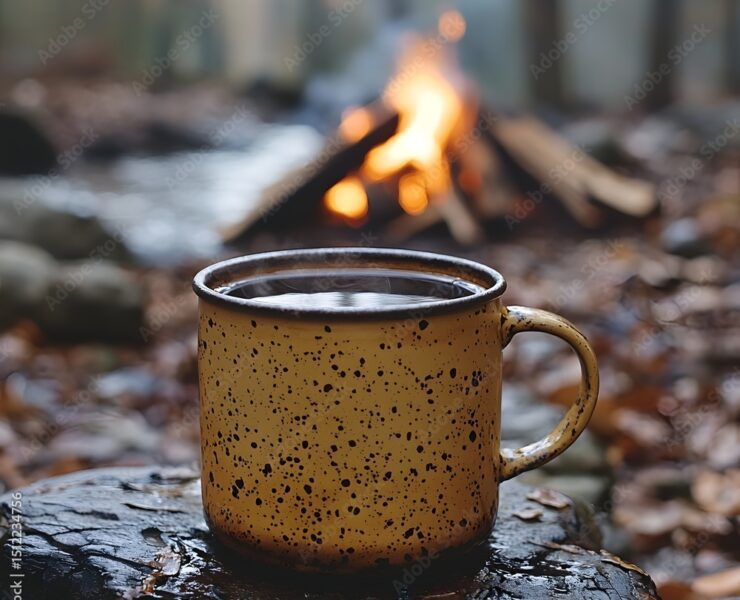
Brew Coffee, Support Conservation: Hunting Day Coffee Company Partners with the Mule Deer Foundation
The Mule Deer Foundation is proud to announce our partnership with Hunting Day Coffee Company, where 30% of profits go directly to MDF’s mission of conserving mule deer, black-tailed deer, and their critical habitats.
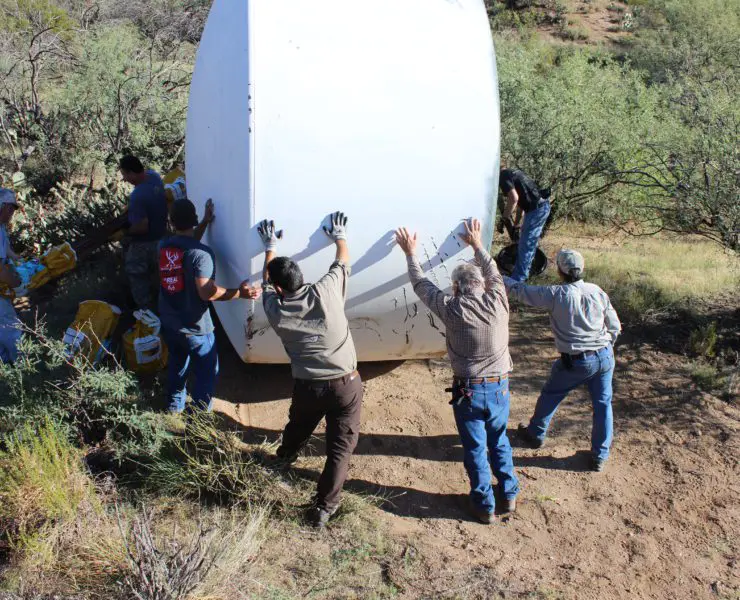
On the dry ridges outside Tucson, AZ hunters know that a year of poor rainfall can turn a once familiar hunting ground into an unfamiliar puzzle. Traditional glassing spots may come up empty, and the basins that normally hold deer can feel barren. But those who adjust their strategy now hyper focusing on scarce water sources, higher elevation forage, and subtle changes in deer movement can still find success even in tough years.

This is an easy and refreshing salad that makes for the perfect light dinner or lunch. I used steelhead, but any pink-fleshed fish will do, including any type of salmon or trout. You could even make it with canned salmon in a pinch.
Don’t sleep on the lemon zest, as it adds a brightness to this dish that will be missing otherwise. If you don’t have a zesting tool or a rasp, use a vegetable peeler to carefully remove the peel without including much white pith, then mince it finely with a knife.
I made the garlic optional in the salad, as it adds a punchiness and light heat that may not be up everyone’s alley. I’m always good for it, though!
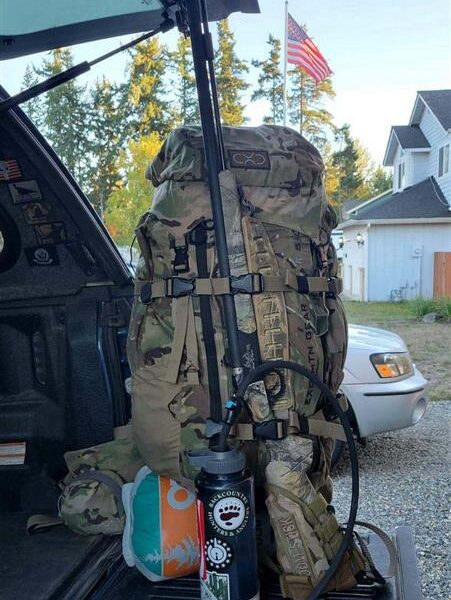
Hunting deep in the backcountry with nothing but the gear you can carry on your back is one of the most rewarding ways to access wild, hard-to-reach mule deer country. It’s an adventure rooted in self-reliance, and while it can open the door to areas few others reach, it also adds a layer of complexity you won’t find when hunting from a truck or a traditional base camp.
In this article, we break down the Mule Deer Foundation’s recommended backcountry gear list — including tips and specific product suggestions — to help you prepare for your next hunt.


